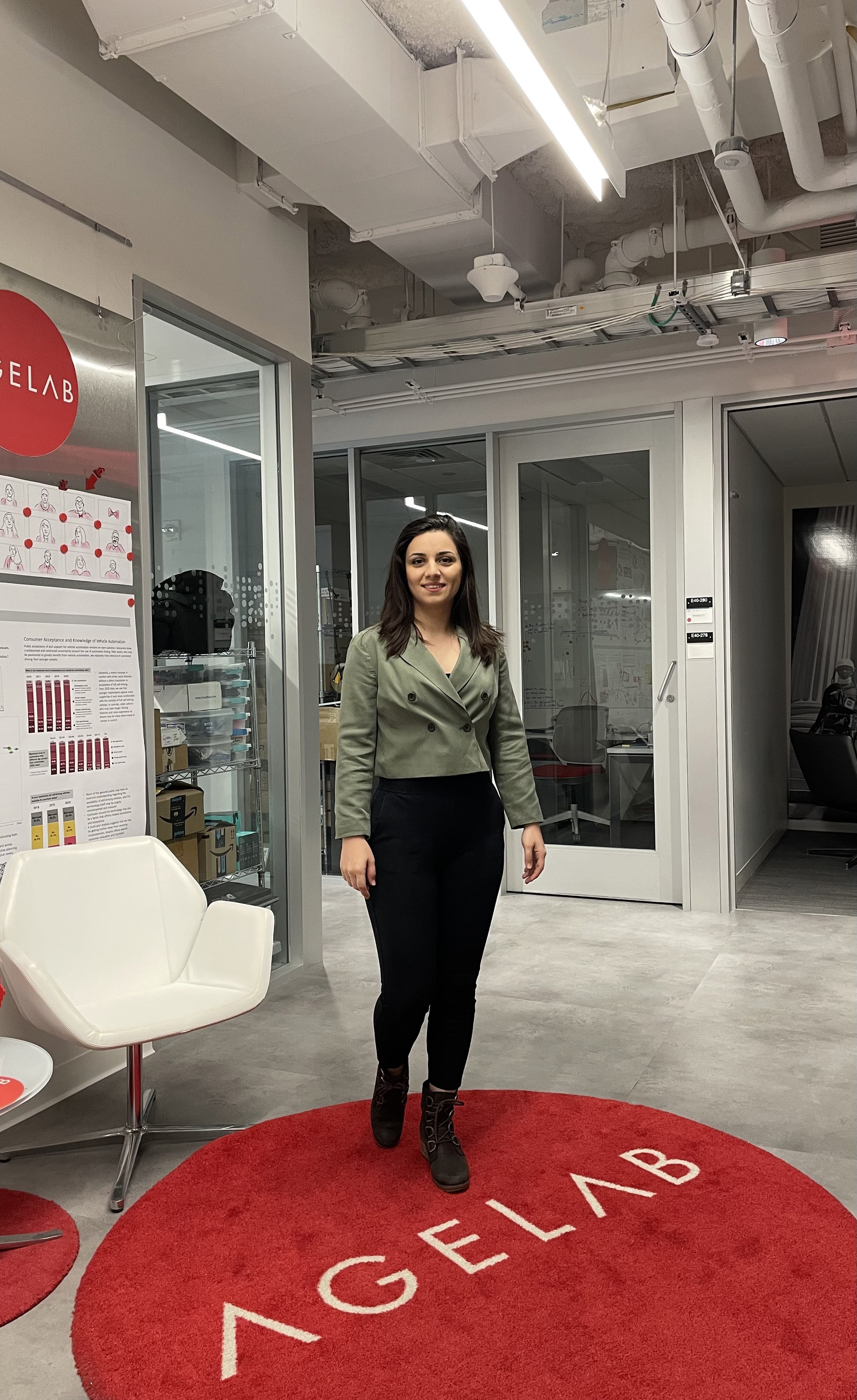Do we need a new technology adoption model?
by Maryam “Shabnam” FakhrHosseini
The objects of our everyday lives are becoming increasingly computerized, leading to the development of what researchers describe as Intelligent Environments (IEs). The most common example of an intelligent environment is the smart home—a home outfitted with computerized and automated appliances, sensors, and diverse user interfaces.
There is reason to believe that the ways that users adopt, interact with intelligent environments may be different from how we relate to technologies such as desktop computers, laptops, and smartphones (although the smartphone may represent a bridge between the older generation of computerized devices and the newer generation that comprise IEs).
To begin to understand which factors lead users to reject or adopt IEs, researchers for the AgeLab’s Connected Home Logistics Consortium reviewed nine prominent technology adoption theories. Each adoption theory provides a solid base for future studies to understand different angles and insights on what characteristics in the system, user, and environment lead to different usage behavior.
However, our results also show that shortcomings in the design and methods of the reviewed studies present major concerns in the generalizability and application of existing theories to emerging IEs. Below are six shortcomings we observed in the technology adoption models that can presently be found in the literature:
First, the technology adoption models and theories we reviewed were built to understand the adoption of simpler technologies such as personal computers, websites and apps, which do not represent current sophisticated, multi-purpose, embedded, intelligent, and intuitive technologies and their ecosystems.
Second, many of the previous models have been developed to describe technology adoption in the workplace, where an individual user’s attitudes may be less determinative of system adoption, regardless of the voluntariness of system use.
Third, many of the existing models have been tested by other studies only in the early stages of new technology acceptance, which does not account for the complete technology adoption journey and continuous usage.
Fourth, with increasing automation in appearing in consumer technologies, new use cases and needs will be introduced to users. New models need to consider the impact of automation on users and challenges such as security, privacy, trust, transparency, etc.
Fifth, most of today’s models and theories do not provide sufficient information for designers and developers on how smarter and connected devices should be designed for different groups of users.
Sixth, many of the models have been tested with homogenous samples, such as in regard to age. Some studies have showed that the predictive factors of technology adoption are different for older and younger people.
As our everyday technologies change, and the way we use them changes as well, the models that we use to understand how and why we adopt them will also need to be revised. What are the unidentified determinant factors in user adoption of IEs? This study is expected to form a theoretical framework for a successful introduction of IEs and their seamless integration into our everyday life.
